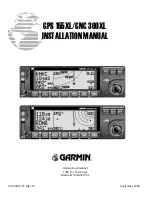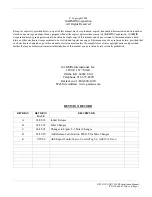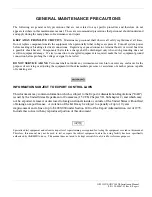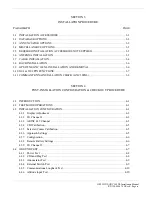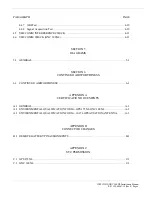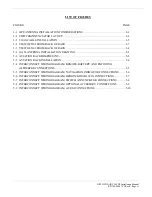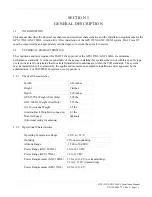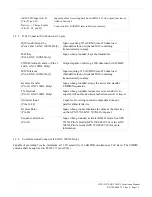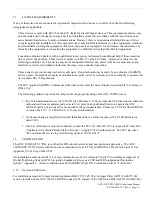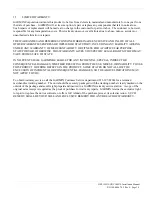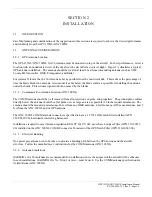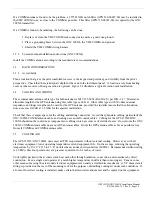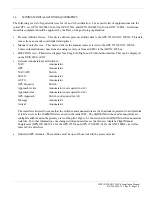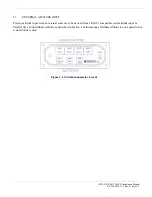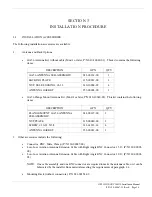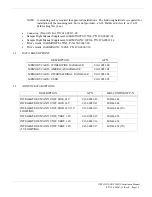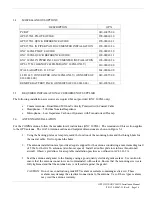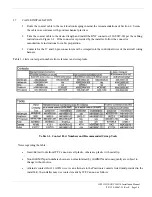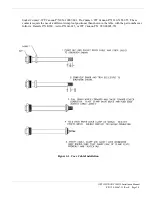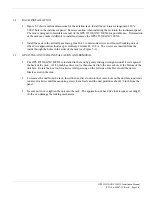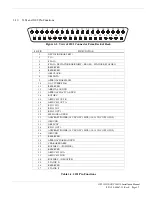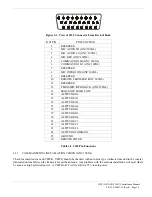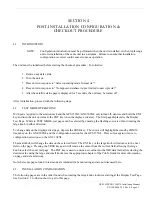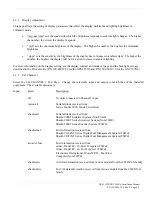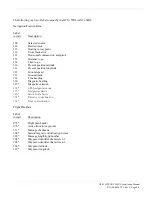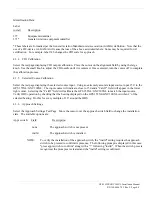
GPS 155XL/GNC 300XL Installation Manual
P/N 190-00067-22 Rev E Page 2-3
If a COMM antenna is found to be the problem, a 1.57542 GHz notch filter (GPN 330-00067-00) may be installed in
the VHF COMM coax, as close to the COMM as possible. This filter (GPN 330-00067-00) is required for the GNC
300XL transmitter.
If a COMM is found to be radiating, the following can be done:
1. Replace or clean the VHF COMM rack connector to ensure a good coax ground.
2. Place a grounding brace between the GNC 300XL, the VHF COMM, and ground.
3. Shield the VHF COMM wiring harness.
2.2.6
Comm Antenna Installation Instructions (GNC 300XL)
Install the COMM antenna according to the manufacturer's recommendations.
2.3
RACK CONSIDERATIONS
2.3.1
Accessibility
Plan a location that gives the pilot comfortable access to the keypad and provides good visibility from the pilot's
perspective. Check that there is adequate depth for the rack in the instrument panel. A location away from heating
vents or other sources of heat generation is optimal. Figure 2-1 illustrates a typical aviation rack installation.
2.4
CABLING AND WIRING
The recommended antenna cable type for both antennas is M17/155-0001 (RG-58A/U) per MIL-C-17. Maximum
allowable length for the GPS antenna using this cable type is 40 feet. Other cable types with 50 ohms nominal
impedance and longer lengths can be used for the GPS antenna, provided the installer insures that the attenuation
does not exceed 10 dB at 1.5 GHz for the specific installation.
Check that there is ample space for the cabling and mating connectors. Avoid sharp bends in cabling, particularly the
GNC 300XL COMM antenna cable, and routing near aircraft control cables. Cabling for the GPS 155XL/GNC
300XL should not be routed near components or cabling which are sources of electrical noise. Do not route the GNC
300XL COMM antenna cable near any ADF antenna cables. Route the GPS antenna cable as far as possible away
from all COMMs and COMM antenna cable.
2.5
COOLING AIR
The GPS 155XL/GNC 300XL units meet all TSO requirements without external cooling. However, as with all
electronic equipment, lower operating temperatures extend equipment life. On the average, reducing the operating
temperature by 15-20 °C (25 to 35 °F) doubles the mean time between failure (MTBF). Recommended airflow rating
is 1 CFM (cubic foot per minute) at a pressure equivalent to 0.1 inches of water.
Units tightly packed in the avionics stack heat each other through radiation, convection, and sometimes by direct
conduction. Even a single unit operates at a much higher temperature in still air than in moving air. Fans or some
other means of moving the air around electronic equipment are usually a worthwhile investment. A 5/8” diameter air
fitting is provided on the rear of the mounting rack for the purpose of admitting cooling air under such conditions. If
a form of forced air cooling is installed, make certain that rainwater cannot enter and be sprayed on the equipment.

